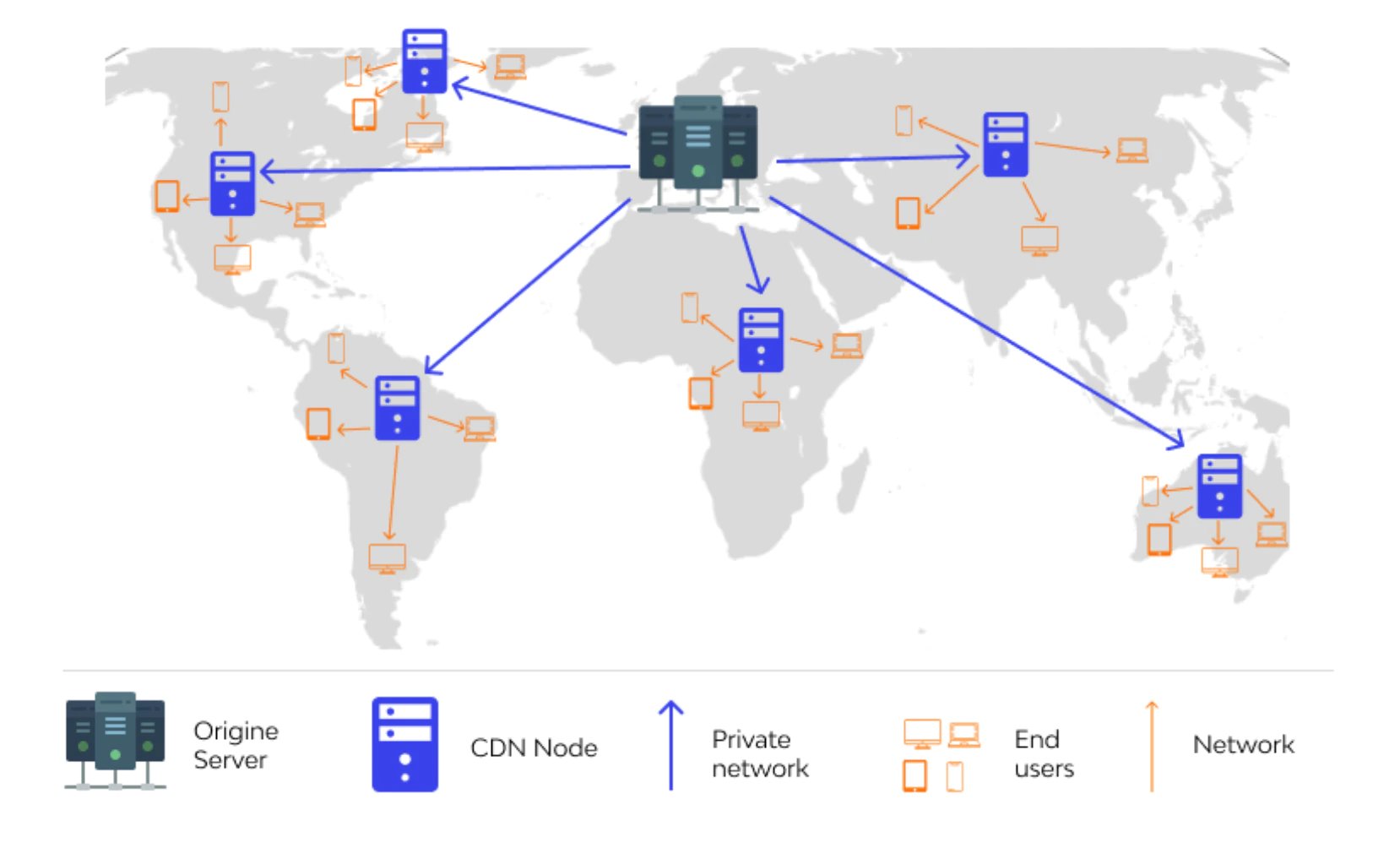Imagine a world where every byte of data takes the longest possible route to reach you, hiking up...
Effective CDN Strategies for Media Companies
In an age where digital content consumption is at an all-time high, media companies face the challenge of delivering high-quality content quickly and reliably to a global audience. Implementing an effective Content Delivery Network (CDN) strategy is crucial for these companies. This article explores the key aspects of CDN strategies, particularly focusing on multi-CDN setups, to enhance performance, reliability, and cost efficiency.
Understanding the Basics of CDN
A CDN is a network of servers distributed geographically, aimed at delivering web content quickly. The performance of a CDN can vary based on location and time, which can lead to slowdowns or outages. A multi-CDN strategy, where content is hosted with more than one CDN provider, can drive better application performance and, in many cases, reduce costs.

Operationalizing Multi-CDN Strategies
To effectively implement a multi-CDN strategy, media companies must focus on operational efficiency. This involves consolidating CDN data into a standardized framework for easier management and establishing effective visualization tools for identifying and addressing issues quickly. Deploying agents for synthetic monitoring and creating a monitoring harness for easy integration of new data sources are essential steps. This approach not only speeds up the resolution of issues but also improves collaboration with vendors.
Decision Criteria in Multi-CDN Strategies
When deploying a multi-CDN strategy, determining the right decision criteria is crucial. These can include static business rules based on stream types, geographies, ISPs, or devices, commit-based rules that consider bandwidth consumption, and global or per-device QoS-based rules for selecting the best-performing CDN. These criteria help optimize content delivery based on user experience and cost-effectiveness.
Ensuring Reliability and Performance
Reliability in a multi-CDN setup is paramount. Implementing redundancy through multiple points of presence and failover mechanisms ensures high availability and minimizes downtime. Real-time monitoring and analytics play a crucial role in detecting and addressing performance issues promptly. Automated decision-making, enhanced by AI technologies, can further boost reliability and optimize traffic routing.
Balancing Cost Efficiency
An effective multi-CDN strategy balances cost efficiency with performance. This involves understanding the financial implications, such as initial setup costs, ongoing maintenance expenses, and potential savings from improved performance and reduced downtime. Dynamic CDN switching and negotiating contracts with multiple providers are key strategies for managing costs while maintaining optimal performance.
Future Trends in Multi-CDN Strategies
Looking ahead, emerging technologies like 5G, edge computing, and AI are set to revolutionize multi-CDN strategies. These advancements will enhance performance, reliability, and cost efficiency, making content delivery even more efficient and user-centric.
For media companies, implementing a robust multi-CDN strategy is essential to meet the growing demands of digital content consumption. By focusing on operational efficiency, decision criteria, reliability, performance, and cost efficiency, these companies can ensure they deliver content quickly and reliably to their global audience. As technology evolves, so will these strategies, continuing to push the boundaries of content delivery and user experience.


